Holland, MM, Artigas, LF, Atkinson, A, Best, M, Bresnan, E, Devlin, M, Eerkes-Medrano, D, Johansen, M, Johns, DG, Machairopoulou, M, Pitois, S, Scott, J, Schilder, J, Stern, R, Tait, K, Whyte, C, Widdicombe, CE and McQuatters-Gollop, A 2025 Mind the gap - The need to integrate novel plankton methods alongside ongoing long-term monitoring. Ocean & Coastal Management. 107542. 10.1016/j.ocecoaman.2025.107542
Preview |
Text
1-s2.0-S0964569125000043-main.pdf - Published Version Available under License Creative Commons Attribution. Download (7MB) | Preview |
Abstract/Summary
Changes in plankton have important implications for ecosystem services, including supporting fish stocks, carbon sequestration, nutrient cycling, and oxygen production. Standard long-term plankton monitoring relies on light microscopy to identify and count plankton taxa, with methods fully supported by international standards, providing high quality trusted data. Novel methods, including imaging and molecular, offer means of collecting select types of plankton data efficiently, filling targeted knowledge gaps left by standard monitoring and generating a more complete picture of plankton dynamics. Standard and novel monitoring methods present different advantages and costs, positioning their suitability to address different management needs. Standard plankton monitoring time-series are unique in providing the long-term temporal coverage, and thus statistical power, needed to detect and understand climate change impacts. When explored in parallel with standard monitoring, novel methods open doors to observing our seas from complementary perspectives, but further work is necessary before data from standard and novel methods can be integrated to address policy needs. Marine management priorities are shifting, and novel methods are increasingly proposed as possible alternatives to standard monitoring. However, for a long-term taxonomic perspective it is still essential to retain the specialist skills and maintain standard monitoring time-series to inform policy assessments of important changes in pelagic biodiversity. This review aims to inform readers of the value of long-term data, the importance of retaining taxonomic skills and embracing novel methods for marine plankton monitoring to assess pelagic biodiversity. We recommend strategies to maintain long-term monitoring whilst incorporating novel methods
| Item Type: | Publication - Article |
|---|---|
| Additional Keywords: | Continuous plankton recorder Automated imaging eDNA Metabarcoding Plankton monitoring Plankton sampling |
| Divisions: | Plymouth Marine Laboratory > National Capability categories > Western Channel Observatory Plymouth Marine Laboratory > Science Areas > Marine Ecology and Biodiversity (expired) Marine Biological Association of the UK > Ocean Biology |
| Depositing User: | S Hawkins |
| Date made live: | 03 Feb 2025 09:42 |
| Last Modified: | 06 Feb 2025 13:39 |
| URI: | https://plymsea.ac.uk/id/eprint/10365 |
Actions (login required)
 |
View Item |


 Lists
Lists Lists
Lists